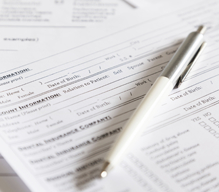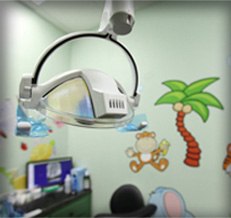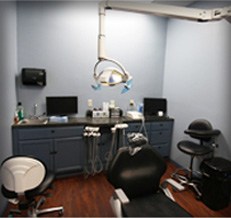
Despite popular belief, your biannual dental checkups do much more than just catch cavities. During these appointments, your dentist also screens for oral cancer, assesses the health of your gums, and makes sure your enamel is healthy. So, if your dentist brings enamel wear to your attention, don’t be surprised. Keep reading to learn why enamel wear is a big deal and how you can prevent it.
What Causes Enamel Wear?
Enamel is the outermost layer of your teeth. Although it’s the hardest substance in the human body, it’s by no means indestructible. Prolonged exposure to harmful bacteria, sugar, and acid can lead to erosion, exposing the inner layers of your teeth. Unhealthy dental habits, like teeth clenching and grinding, are also culprits. Since enamel wear gradually happens over time, it’s important to keep an eye out for common symptoms, like tooth sensitivity and dental discoloration.
Why Enamel Wear Is a Big Deal
Unlike other parts of your body, enamel cannot regenerate. Once it’s eroded away, the sensitive layers of your teeth will be exposed, leading to unpleasant symptoms like tooth pain. Plus, without the outermost layer of protection, you’re significantly more vulnerable to developing cavities. If left untreated, the issue can worsen, resulting in serious oral health problems, such as tooth loss and gum disease. Therefore, it’s of the utmost importance that you get in touch with your emergency dentist when the first signs of enamel wear arise.
6 Tips for Preventing Enamel Wear
The good news is that like most dental problems, enamel wear is largely preventable with the right best practices in place. Here are a few you should implement into your routine (if you haven’t already):
- Use a soft-bristled toothbrush to brush your teeth both morning and night.
- Floss daily.
- Rinse with mouthwash regularly.
- Visit your dentist biannually for a checkup and cleaning.
- Limit enamel-eroding foods and beverages, like soda and candy.
- Drink plenty of water throughout the day.
Remember, healthy enamel is an essential component of good oral health, so take care of your teeth! If you do begin to experience symptoms of enamel wear, don’t wait to get in touch with your dental team.
About the Author
Dr. Racha W. Kadamani has been helping patients enjoy beautiful smiles and healthy teeth for two decades now. She earned her dental doctorate from the Loma Linda University School of Dentistry in California and has since prioritized continuing education with notable organizations, like the Texas Dental Association. For her, prevention is paramount, which is why she focuses on delivering meticulous checkups and thorough cleanings. If you’d like to learn more about preventing and treating enamel wear, get in touch with her via her website or give her a call at either of her two conveniently located offices.







